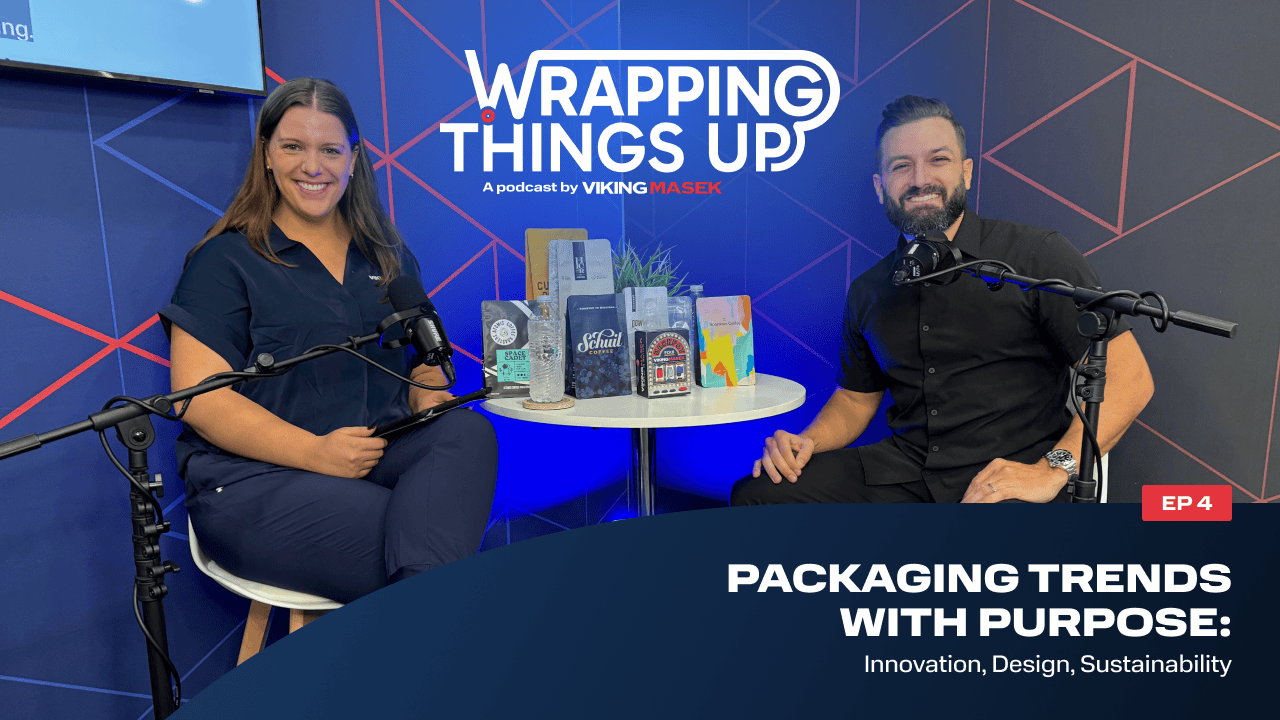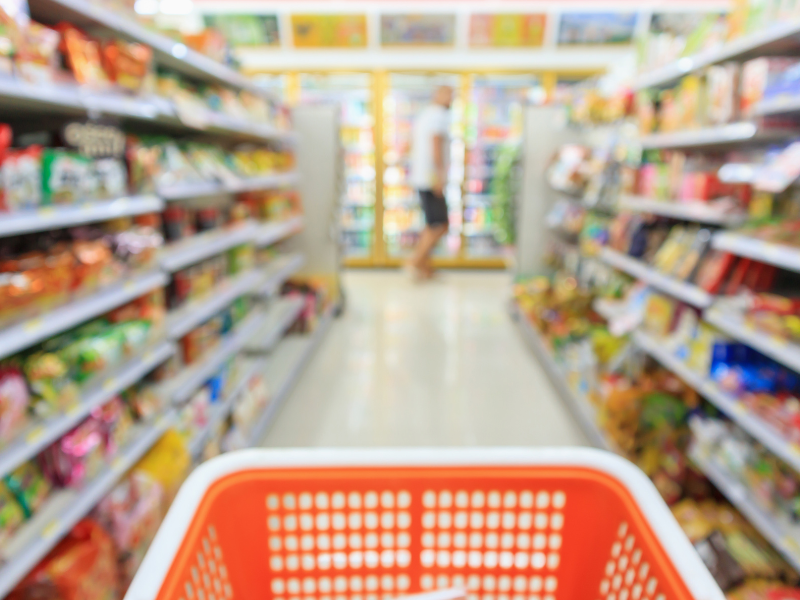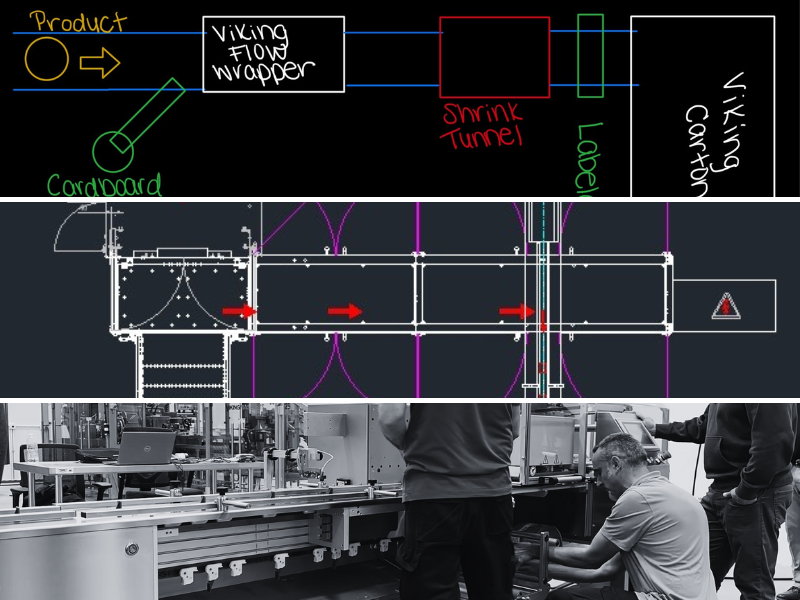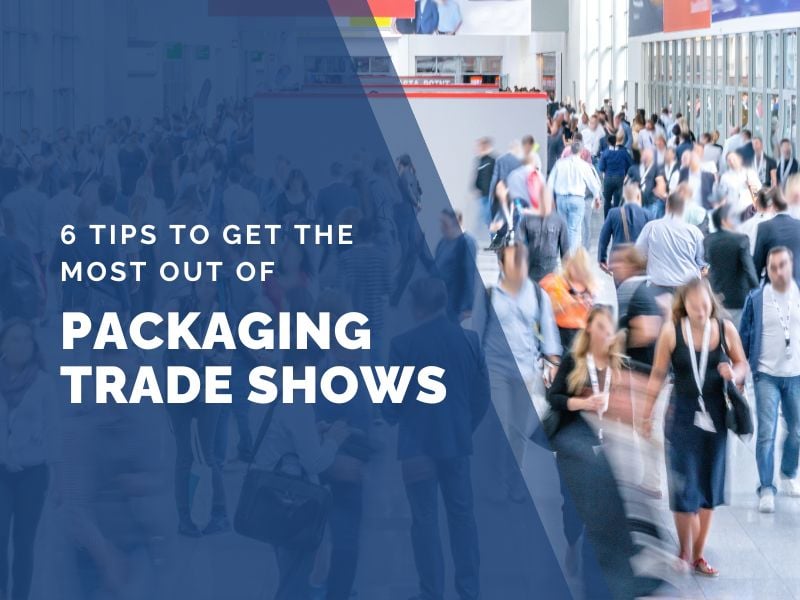From PACK EXPO Las Vegas: Packaging Trends Accelerating Innovation & Growth
By AJ Nelson on October 7, 2025

As sustainability regulations tighten, costs rise, and automation becomes non-negotiable, packaging engineers are called upon to meet the moment. Format, materials, and supplier decisions are no longer separate conversations; they’re a deeply interconnected strategy that combines adaptable choices with packaging trends to reach business goals.
We took the Wrapping Things Up podcast on the road, broadcast from PACK EXPO Las Vegas. PCKG Founder and CEO AJ Nelson stopped by for a chat about the packaging trends he sees as engineering essentials for innovation and growth.
1. Understanding Format and Material Shifts
Packaging materials and formats are evolving, partially from trends and partially out of necessity. Shifts in cost structures, labor constraints, sustainability regulations, and consumer preferences are causing brands to rethink everything from bag size to barrier films.
“More often than not, you don’t want to change too much. You want your packaging to get better. Coffee is a category where design meets function meets storytelling. Since the product is a much higher value to sell on, it’s easier to adopt innovations.”
– AJ Nelson, CEO and Founder, PCKG
Looking primarily from the coffee packaging perspective, AJ points to packaging format and materials changes he’s seen in 2025 that are equal parts on-trend and necessary.
What’s new in packaging formats?
- Resizing: Standard 16 oz. bags are giving way to 12 oz. and even 10 oz. sizes to offset rising materials costs without sacrificing the premium feel
- Bulk/club packaging: 13-18 oz. formats are well-received in retail channels like Costco and Walmart, where consumer value perception drives purchase decisions
- Variety packs and fractional sizes: Choice and sampling – especially in specialty retail – support growing consumer interest in curated experiences
What’s new in packaging materials?
- Monomaterials: Many brands are shifting from multi-layer laminates and short-shelf-life compostables toward recyclable and machine-compatible singular-material packaging
- Advanced films: Multi-directional polyethylene (MDOPE) and ethylene-vinyl alcohol copolymer (EVOH) improve oxygen barriers and extend shelf life
- Lightweighting: Reduced headspace, thinner PE valves, and fewer labeling components cut down on packaging materials while preserving and often improving performance
2. Rethinking Packaging Design Tradeoffs
While experimentation and adjustments aren’t new to packaging design, AJ encourages engineers to consider what he calls “the Venn Diagram of tradeoffs” to balance packaging decisions related to:
- Cost
- Machine compatibility
- Sustainability
- Shelf life
- Merchandising
Optimizing one often impacts the others. AJ emphasizes that true success requires early alignment between engineering, production, design, and procurement. Think cross-functional from the start.
3. Leveraging Collaborative Partnerships
Engineers face a number of critical packaging decisions. There is value in following and applying trends, but AJ encourages equal consideration in building an ecosystem of supplier support.
“Experience matters when the stakes are high. Long-term partners help brands move faster, solve problems sooner, and avoid costly missteps. The future of packaging isn't transactional, it's collaborative.”
Viking Masek approaches each partnership with the same collaborative spirit. Customers are co-creators in flexible automation solutions that address immediate needs and evolve with trends.
Want more insights? Catch the full conversation with PCKG’s AJ Nelson on Episode 4 of the Wrapping Things Up podcast.
Related Posts

Unwrapping Tomorrow: Exploring the Latest Food Packaging Trends

Optimizing packaging efficiency: The role of Flow Wrapping Machines in integrated systems
